Bantu knots are a great hairstyle, both protective and aesthetic. Originating from the Zulu tribe of South Africa, Bantu knots are now one of the trendiest hairdos. But to achieve the perfect Bantu knots and to avoid hair damage, you’ll need to dry them properly.
Now, the question is, how long Bantu knots take to dry? After you’re done making the Bantu knots, typically, you’ll need to sit under a hooded dryer for about 30 to 45 minutes, or you can let your knots air dry for 24 to 48 hours. However, the time taken for drying depends on your hair type and its length.
Stick to the end to know everything about the drying procedure of Bantu knots.
How Long Do Bantu Knots Take To dry
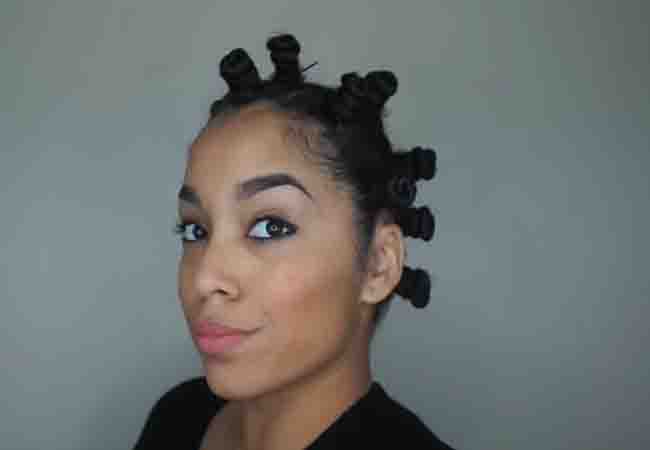
The usual time for drying Bantu knots is 30 to 40 minutes if you use a hooded dryer. It can take one to two days if you decide to air-dry it. Knots made with extremely wet hair will take more time to dry. Alternatively, dry hair or lightly damp hair knots will take less time to dry.
While drying, you should opt for a bonnet or hooded dryer as they create a smoother and longer-lasting effect on your hair. Some people may leave the knots in for one to two days, but if you’re looking for a faster alternative, you should use a hooded dryer.
Although, keep in mind that not using a dryer will make your hair rigid and tightly packed. In these conditions, air circulation to your scalp will be obstructed, making the drying time longer.
However, most hair experts agree that as air drying is natural, it’ll provide the best results with minimal damage.
Should You Do Bantu Knots On Wet Or Dry Hair?
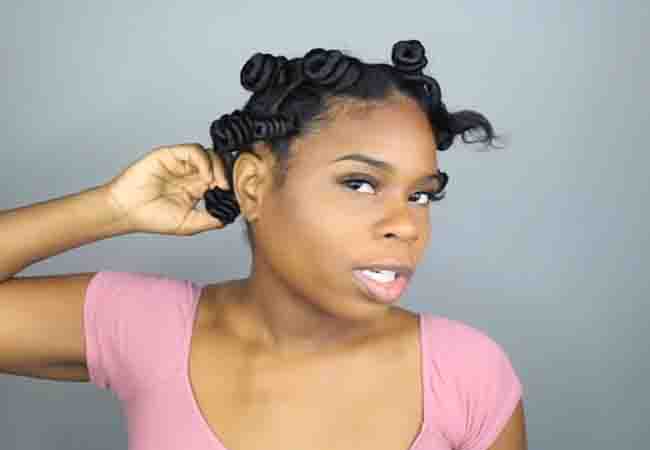
The answer to the age-old question of whether you should do your Bantu knots on wet or dry hair has varying answers. While most people agree that dry hair is fine for Bantu knots, some hair experts may recommend wet hair for styling. However, the general consensus is that damp hair is the most suitable for Bantu knots.
Dry hair can’t hold the knots together for long, whereas wet hair becomes limp and saturated quickly. Besides, the knots won’t set correctly on soaking wet hair, ensure your hair is perfectly damp, not too wet or too dry, for styling the Bantu knots.
If your hair is extremely dry, you can lightly spray your hair using the leave-in conditioner and water mix from your spray bottle to make it damp. Towel-dried hair provides suitable dampness to the hair and locks in moisture for tying Bantu knots.
Can I Try Bantu Knots With Wet Hair?
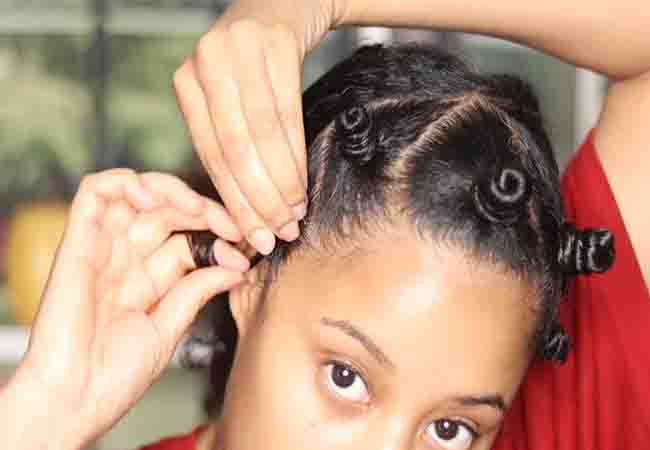
Yes, you can definitely try doing Bantu knots on wet hair. Some of the advantages of wet Bantu knots include the following –
- Wet hair is the best option if you plan on sporting your knots for a few days.
- Knots made with wet hair are very compact and rigid. In fact, knots made with wet hair make the strongest sets.
- Wet hair knots last longer compared to dry hair knots
However, wet hair knots have some drawbacks as well-
- Wet hair makes the knots compact, you won’t be able to change it for Bantu knot-outs as it won’t be able to hold the ringlets
- During the twisting process, the hair is over-manipulated, making it more susceptible to breakages
As dry hair can be difficult to set, especially if you have straight or kinky hair, you’re more likely to lose curls after a few hours. So in these cases, tying the Bantu knots on wet hair is a better alternative.
Can I Try Bantu Knots With Dry Hair?
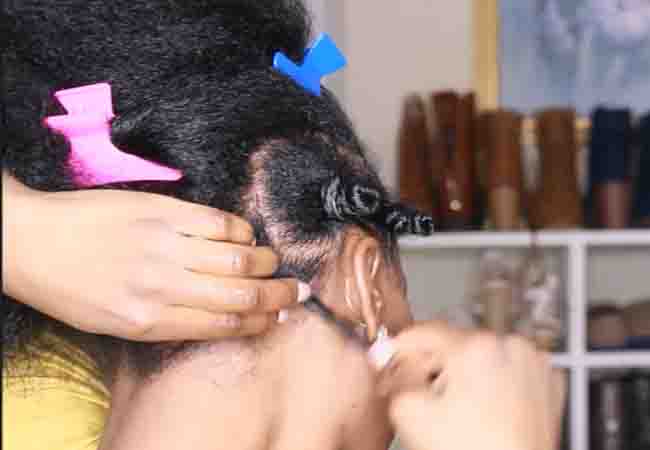
Dry is excellent if you’re concerned about hair damage and shrinkage. You’ll get slightly stretchy curls when tying Bantu knots with dry hair. The biggest advantage, however, is that dry hair moisturizes easily and can produce the best results.
Should You Blow Dry Or Air Dry Your Bantu Knots?
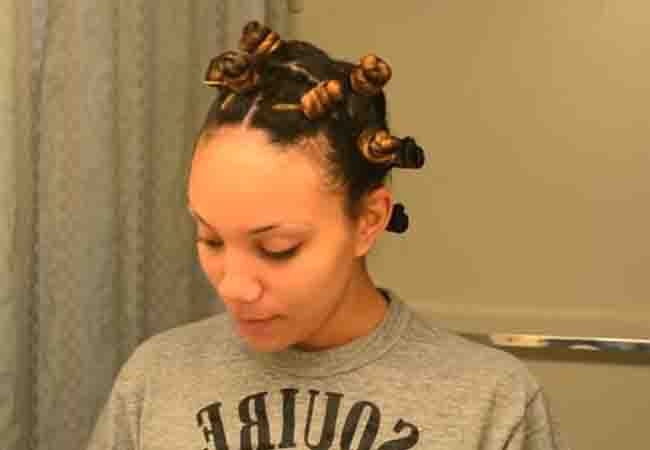
Air drying is the best method for setting your Bantu knots, as it’s a natural process. To avoid frizzles and rough hair, air drying is the safest way. Even though blow drying is easy and convenient, you should avoid using it to dry your knots as it damages them.
However, if you don’t have time for air drying, you may opt for blow drying, but be aware of its consequences.
Bantu Knot Outs: Wet Or Dry Hair?
Bantu knots are an excellent and easy way to get curls without heat application. Like, Bantu knots, the knot outs come out best in mildly damp hair. However, according to your hair type, wet or dry hair can work just fine too.
FAQs
Do Bantu knots cause breakage
The Bantu knot styling itself doesn’t cause damage; it depends on how the procedure was conducted and the state of the hair during the process. For example, knots done on wet hair can cause severe breakage, and not drying the knots properly will result in split ends and hair fall.
Can I do Bantu knots on dirty hair
No, you shouldn’t do Bantu knots on dirty hair as it’ll weigh down the knots and it won’t come out right. Moreover, knotting on dirty hair is unhygienic as it accumulates more filth. So, try to wash your hair thoroughly before tying Bantu knots.
Are Bantu knots a protective style?
Yes, Bantu knots are considered a protective hairstyle as they tuck away hair tips and prevent split ends and root damage. Furthermore, Bantu knots pack the hair in tight curls, which helps to strengthen the hair.
Do Bantu Knots Hurt
No, Bantu knots won’t hurt physically unless you tie them so tight it pulls on your scalp. But Bantu knots can cause irritation if you have super thin hair.
If you do the Bantu knots yourself, it’s a very time-consuming and laborious process. So you may feel exhausted during the process.
Final Verdict
Bantu knots are a great hairstyle as it not only adds aesthetic value but also protect the hair. However, the main concern for Bantu knots is how long do Bantu knots take to dry and what type of hair is more suitable for it, both of which have been covered in this article.
So, try to use damp hair when tying Bantu knots and air dry it if you can to get the best results.
Good luck!

